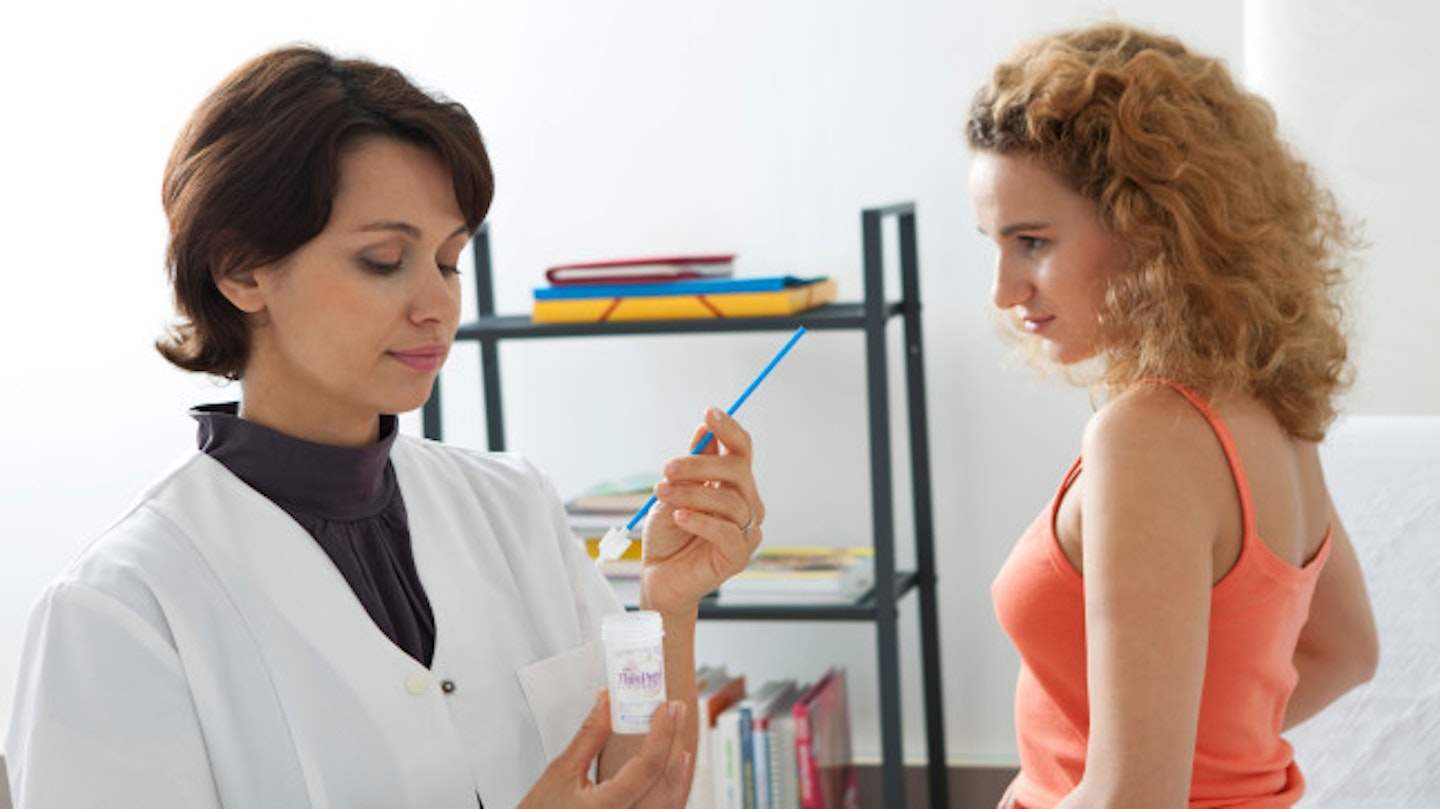After several tragic cases this year of women in their late teens and early 20s dying from cervical cancer, there have inevitably been more calls for the age at which smear testing is done to be lowered from 25. Some campaigners are even asking for routine smears to be started as young as 16.
I disagree. Usually behind these stories is a saga of repeated trips to the doctors, missed symptoms and a late diagnosis. In my view it is really not the lack of smear tests being done from a younger age that cause these deaths to occur, but doctors' lack of awareness or belief that the cancer could occur in someone so young.
Indeed in the sad case of Jess Evans, who died earlier this year aged 22 from the disease, she visited the doctor nine times before she was referred for further investigation and the diagnosis was made.
These calls for a lowering of the age limit for smear tests usually come with a very limited understanding of how smears actually work. A smear test in a 16 year old is very different from a smear test in a 30 year old. The age limit for the test was in fact raised from 20 to 25 in 2003, after concerns high numbers of young women were receiving treatment they didn't need.

The cervix continues to mature into the early 20s and this can cause multiple abnormal smear results for lots of young girls. These cause great anxiety and many women ended up having treatment that wasn't absolutely necessary, and which increased the risk of premature labour or miscarriage if they got pregnant later in life.
If people are so concerned then they should campaign to get everyone vaccinated against HPV – the virus that causes 99 per cent of cervical cancers and which all girls aged 12-13 are now offered the vaccination for – and tested for high-risk strains of HPV instead. I’m afraid that smear tests at 16 are really not the answer.
Read Dr Christian's column every week in Closer magazine, out Tuesdays
